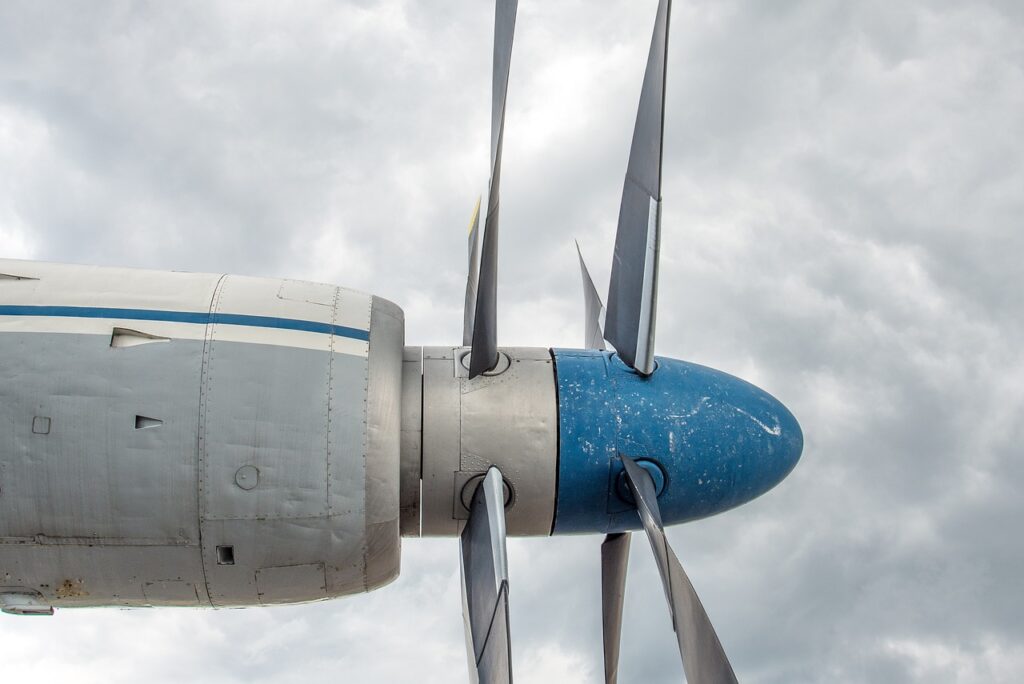Airbus has achieved a significant milestone in its Blue Condor hydrogen plane contrail research experiment. The endeavor saw the flight of a modified glider, powered solely by hydrogen (H2), through the skies of Nevada in November.
This marks Airbus’s pioneering foray into utilizing H2 as the exclusive form of fuel to propel an aircraft, opening new horizons for sustainable aviation practices.
The primary goal of the Blue Condor project is to explore the feasibility and implications of hydrogen as an aviation fuel. Hydrogen has emerged as a focal point for airlines aiming to reduce carbon emissions. The modified glider, equipped with a small H2 combustion engine, soared to heights of up to 30,000 feet during the research flight. The project is part of a comprehensive test campaign designed to measure contrails, with a keen focus on understanding the environmental impact of hydrogen-generated contrails.
The Airbus UpNext Blue Condor project utilized a glider that underwent modifications to incorporate a small hydrogen combustion engine. This flight technology was a departure from conventional fuel cells and electric motors, emphasizing the combustion aspect of hydrogen. The emissions from the hydrogen-powered glider were meticulously compared to those of a kerosene engine of similar size, propelling a second aircraft flying in close proximity. The innovative approach allows for a detailed examination of contrails, considering the distinct substances present in hydrogen-generated contrails, such as water vapor and nitrous oxides.
The successful flight of the hydrogen-powered glider is a crucial step in Airbus’s commitment to sustainability in aviation. While hydrogen combustion produces contrails visually similar to traditional jet fuel, the absence of sulfur oxides is a notable environmental benefit. However, the elevated levels of water vapor and nitrous oxides in hydrogen contrails warrant thorough study, considering their potential impact on climate change. Airbus aims to gather comprehensive data before fully embracing hydrogen as a mainstream aviation fuel.





